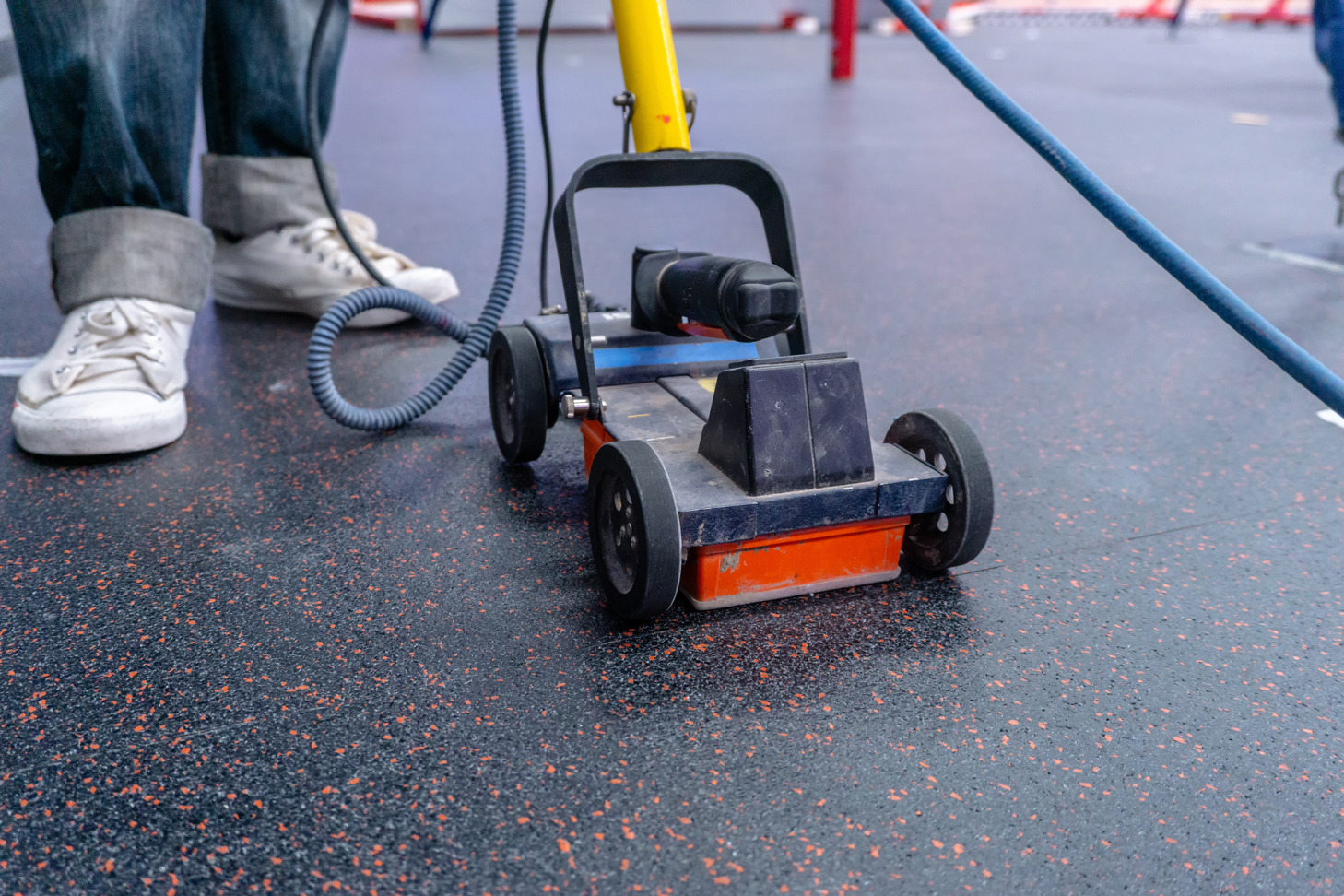The Benefits of RainierGPR Concrete Scanning for Construction Projects
The Importance of Specific Concrete Scanning in Finding Underground Hazards
The capability to accurately identify and map these below ground dangers is not just a matter of convenience but an essential aspect of guaranteeing the safety and security of both building and construction workers and the honesty of the job itself. By releasing advanced scanning innovations and approaches, experts can discover hidden dangers, prevent expensive problems, and ultimately pave the means for smoother and safer building and construction endeavors.
Advanced Scanning Technologies for Detection
Sophisticated radar systems are revolutionizing the field of below ground discovery by offering exceptional accuracy and efficiency. These sophisticated scanning technologies utilize ground-penetrating radar (GPR) to produce in-depth pictures of subsurface structures, using understandings into what lies under the surface with impressive clarity. By sending out high-frequency pulses into the ground and measuring the representations, radar systems can recognize variations in material structure and discover underground threats such as gaps, pipes, and wires.
One of the crucial benefits of these sophisticated radar systems is their non-invasive nature, permitting comprehensive assessments without triggering damages to the existing structures. This not only makes sure the security of the surrounding atmosphere but also minimizes the demand for pricey repair services or disturbances to continuous building projects. Additionally, the real-time information given by these scanning modern technologies makes it possible for fast decision-making and boosts general job effectiveness.
Value of Subsurface Mapping

Exact subsurface mapping aids in protecting against pricey problems to existing below ground framework, reducing the risk of accidents, and preserving job timelines. It allows task managers to make informed decisions concerning site planning, devices release, and source appropriation. In addition, subsurface mapping enables better coordination among different teams dealing with a project and helps in conforming with regulative demands connected to underground utility discovery.
Mitigating Threats in Building And Construction Tasks
Effective threat mitigation methods are essential for making sure the success and safety of building tasks. One key element of mitigating threats in construction jobs is thorough planning and evaluation at the first stages.
Furthermore, developing clear interaction networks among all project stakeholders and making sure rigorous adherence to safety procedures are crucial parts of risk mitigation. Routine examinations, quality control steps, and tracking of job progress can help in determining and attending to any kind of arising dangers immediately. Moreover, having backup plans in location for unanticipated obstacles can significantly decrease the effect of disturbances on the task. By proactively carrying out durable risk mitigation techniques, construction jobs can minimize delays, expense overruns, and safety events, eventually leading to effective project outcomes.

Avoiding Expensive Problems and Hold-ups
To minimize financial losses and project obstacles, reliable methods must be carried out to protect against expensive damages and delays in building and construction tasks. Determining these obstructions early on helps in intending the job layout more successfully and preventing potential problems throughout excavation.
Furthermore, investing in training programs for building and construction workers on the importance of concrete scanning and secure excavation methods can considerably reduce the threat of delays and mishaps. Clear communication networks between job supervisors, engineers, and on-site workers are additionally necessary to make sure that useful content everyone understands the prospective risks and follows the necessary protocols to avoid costly problems. By prioritizing aggressive steps like concrete scanning and promoting a society of safety and recognition, building jobs can reduce the monetary impact of unforeseen underground obstructions and prevent costly delays.
Ensuring Safety of On-Site Employee
By prioritizing proactive steps such as detailed training programs and clear communication networks, building and construction tasks can guarantee the safety and security of on-site workers pop over here in the middle of the potential hazards spotted with concrete scanning. Proper training equips workers with the knowledge and abilities needed to browse building websites securely, specifically when hazards are identified through scanning processes. Training must cover threat acknowledgment, emergency situation treatments, and the appropriate utilization of individual protective tools to reduce threats properly.
Additionally, establishing clear communication networks is essential for disseminating info concerning recognized hazards without delay. This ensures that all on-site workers recognize potential risks and can take essential precautions to prevent crashes. Routine security instructions, toolbox talks, and consistent updates pertaining to scanning results help maintain everybody notified and positive in preserving a risk-free functioning environment.
Additionally, applying stringent adherence to security procedures and regulations, performing routine safety and security audits, and fostering a culture of security consciousness amongst employees are crucial parts in ensuring the well-being of on-site workers during building and construction projects - RainierGPR Concrete Scanning. Aggressive safety hop over to here and security measures not just safeguard workers from harm however likewise add to the overall success and efficiency of the task
Verdict
Utilizing innovative scanning innovations and subsurface mapping aids alleviate threats in building and construction tasks, avoiding pricey problems and delays. It is critical for building and construction business to focus on the use of accurate scanning approaches to reduce possible hazards and make sure a smooth building process.

By proactively applying robust danger reduction strategies, construction tasks can decrease delays, price overruns, and security events, eventually leading to successful project outcomes. - RainierGPR Concrete Scanning
To decrease economic losses and job setbacks, efficient techniques need to be carried out to avoid pricey damages and hold-ups in construction projects. By prioritizing aggressive procedures like concrete scanning and promoting a society of safety and security and understanding, building tasks can lessen the financial impact of unanticipated underground obstructions and stay clear of costly hold-ups.
By prioritizing positive steps such as extensive training programs and clear interaction networks, construction projects can make sure the safety and security of on-site personnel amid the prospective risks detected via concrete scanning. Making use of sophisticated scanning innovations and subsurface mapping helps mitigate threats in construction tasks, preventing costly problems and delays.